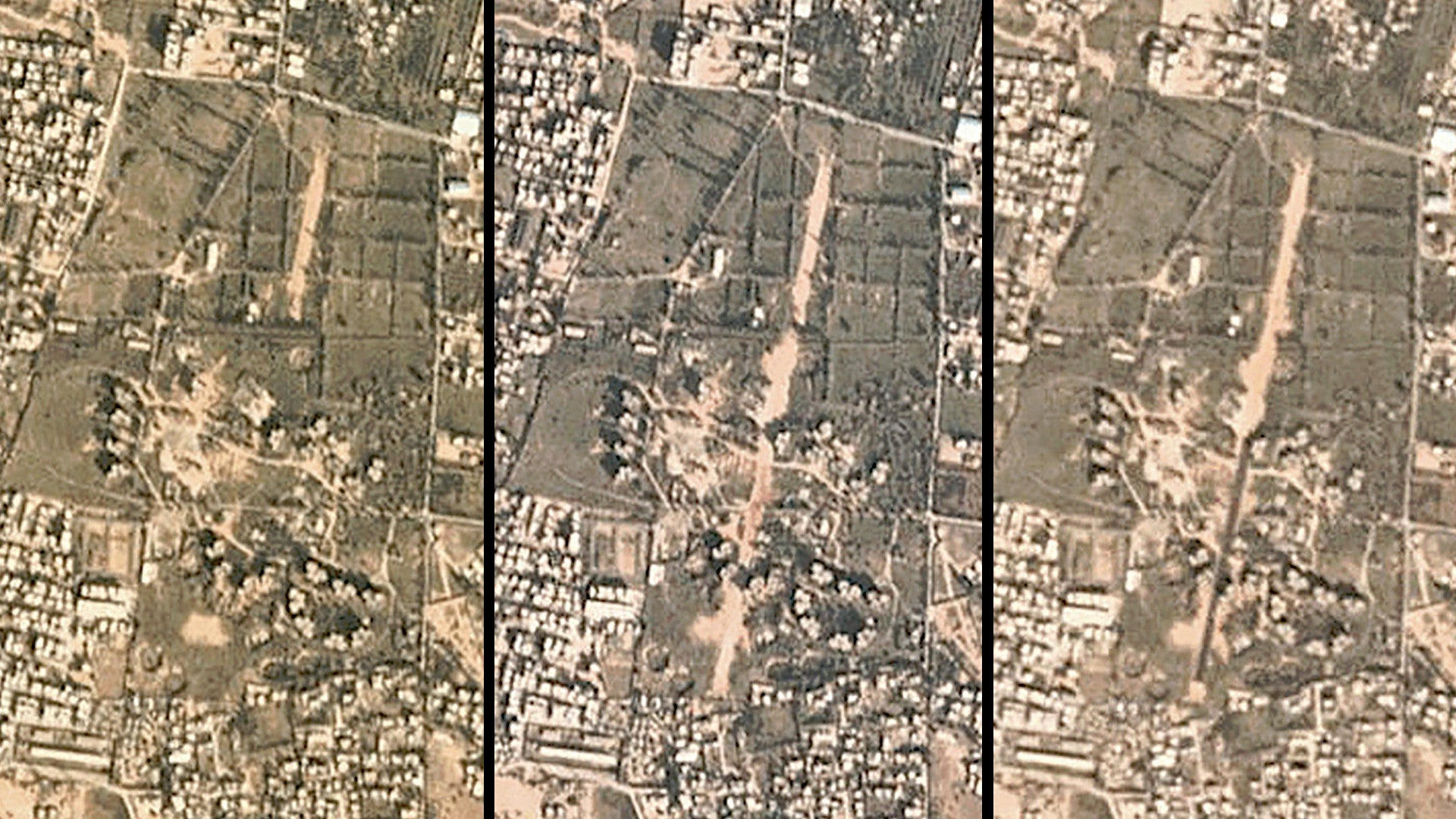A new airstrip is emerging in the middle of a residential development, with part of its runway sandwiched right between towering apartment blocks, just outside Libya’s official capital Tripoli. This comes amid reports that Turkey has begun deploying fighters from Syria as part of its increasingly active support for the internationally recognized Government of National Accord, or GNA. The GNA is currently locked in grueling civil conflict, which you can read about more in this recent in-depth War Zone piece, with the Libyan National Army, or LNA, and its leader Khalifa Haftar. Haftar enjoys the support of the United Arab Emirates, Egypt, and Russia, among others.
On Dec. 30, 2019, pro-LNA social media accounts shared video purporting to show Turkish personnel working on the airstrip on the site of the former Mashrou Al-Moz development, also known as the Banana Project, in the town of Ain Zara, which is situated approximately five miles southeast of the center of Tripoli. Even with reports of Turkish involvement, we don’t know who is actually building the strip or for what purpose, but the area remains under GNA control and satellite imagery shows that it is unmistakably under construction.
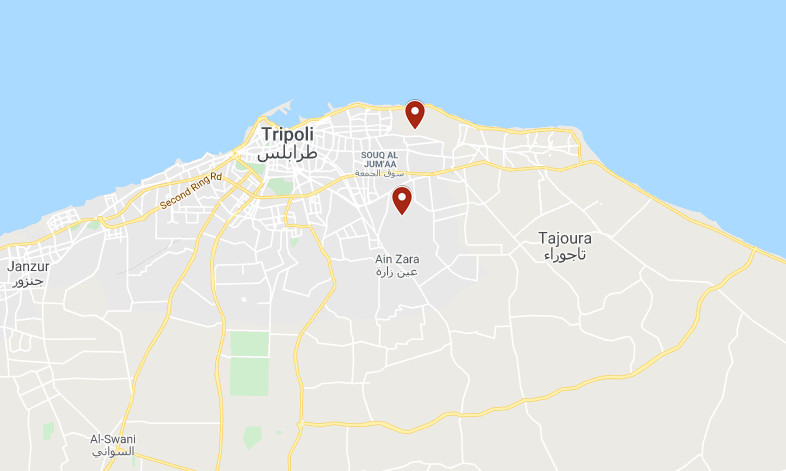
Satellite imagery from Planet Labs shows that an area approximately 3,500 feet in length has been cleared for a single runway. As of Dec. 25, approximately half of it was paved. Additional images show that work to clear the site first began sometime between Nov. 25 and Dec. 4, while the paving began between Dec. 16 and Dec. 22.
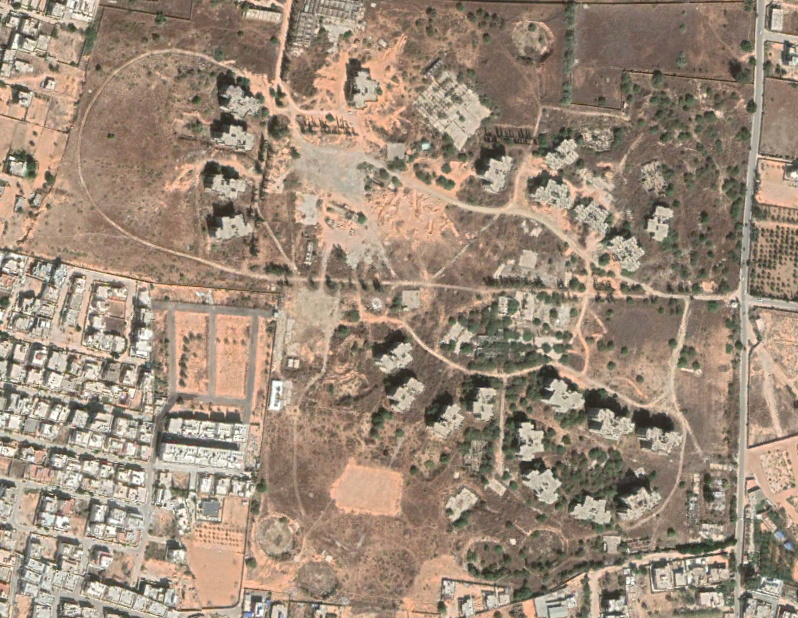
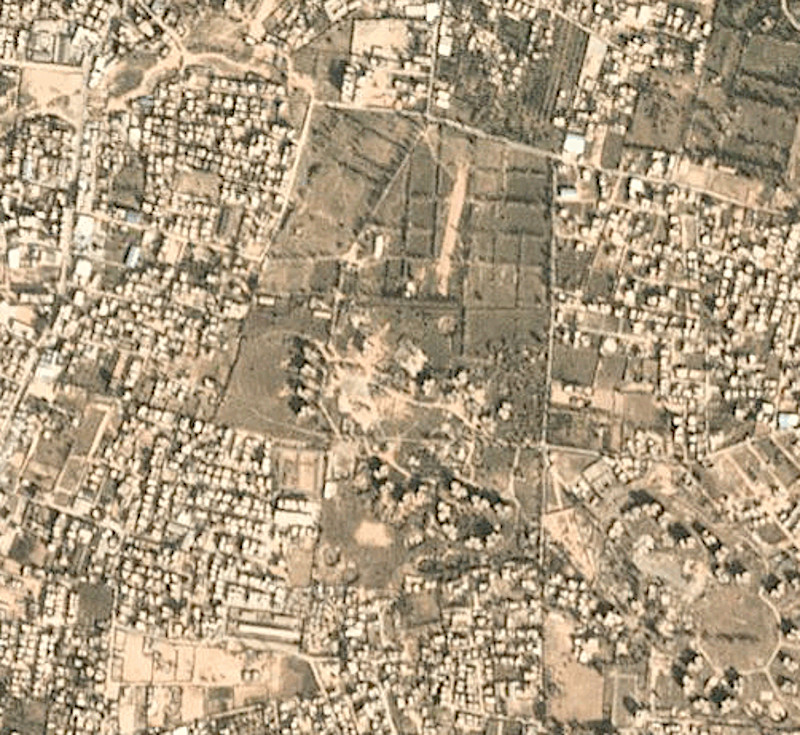
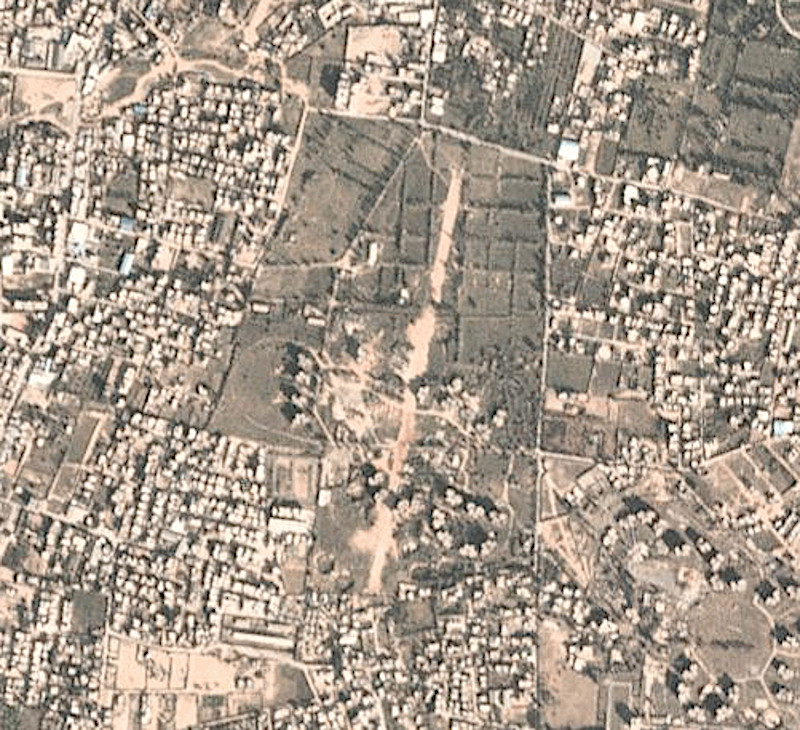

Though we don’t know who specifically is building the airstrip or why, the short 3,500-foot runway, which is also around 105 feet wide, limits the likely possibilities. The paved section also notably runs right between one pair of the Banana Project’s apartment blocks, which sit just 115 feet apart, and straddles others, which makes it even more constrained.
This suggests that this airstrip, once completed with or without direct assistance from Turkey, could help support the Government of National Accord’s (GNA) drone operations. The buildings could serve as antenna mounts to increase the range of line-of-sight control links, as well.
The GNA reportedly took delivery of three Turkish-made Bayraktar TB2s, which can carry small air-to-surface munitions, in May 2019 and had received a total of 12 by the end of the following month. There are reports that the LNA may have destroyed as many as nine of these TB2s as of August 2019, through airstrikes against the airports where they have been operating from, as well as shooting them down with surface-to-air missile systems. Haftar’s forces, which have also been making increasing use of drones that the United Arab Emirates has supplied, shot down an American unmanned aircraft flying near Tripoli in November, as well, but claimed they did so by accident.
LNA manned combat jets have subjected the airports in Tripoli, as well as Misrata, another GNA hub situated further East, to repeated airstrikes. At the same time, both sides in the Libyan conflict have found it increasingly difficult to operate and maintain manned aircraft, while combat losses have further shrunk the number of available airframes, as well as pilots, over the years.
The LNA’s strikes have also impacted deliveries of weapons, ammunition, and other military equipment by air from Turkey. Those chartered cargo flights have notably increased in recent weeks following Turkey’s President Recep Tayyip Erdogan and his Libyan counterpart Prime Minister Fayez Al Sarraj signing a deal that included provisions for continued Turkish military assistance to the GNA and opened to the door for a possible direct deployment of Turkish forces into Libya.
It’s also worth noting that Erdogan and Sarraj agreed to this deal on Nov. 27, right around when the construction of the airstrip first began. The GNA reportedly asked for direct assistance from the Turkish military on Dec. 19 and Ergodan said on Dec. 26 that he would present a formal plan for doing so to his country’s parliament no later than the first few weeks of January. As it turned out, legislators received that proposal today, though there are no specifics yet about what the Turkish deployment could entail.
So, the new airstrip in the Banana Project could signal the impending arrival of additional TB2s as part of a more significant Turkish deployment, or it could simply offer the GNA another alternate launch location to try to make its drone operations less vulnerable to the LNA’s strikes. The apartment blocks could make it difficult, if not impossible for hostile combat jets or artillery to target at least parts of the airstrip directly from certain directions.
This could be especially important with regards to Ain Zara, which is not exactly insolated from LNA threats and is actually closer in some directions than Mitga airport in Tripoli to Libya’s fluid front lines. It is well within range of Haftar’s artillery, which has been shelling the Banana Project site, among others, in recent weeks as part of his latest offensive to try and seize Tripoli.
The Turkish unmanned aircraft are also small enough to be relatively rapidly redeployed by truck and Libyan operators reportedly fly them from readily relocatable truck-mounted, road-mobile ground-control stations. This could offer the GNA the possibility of shifting between this new airstrip and other locations, as necessary.
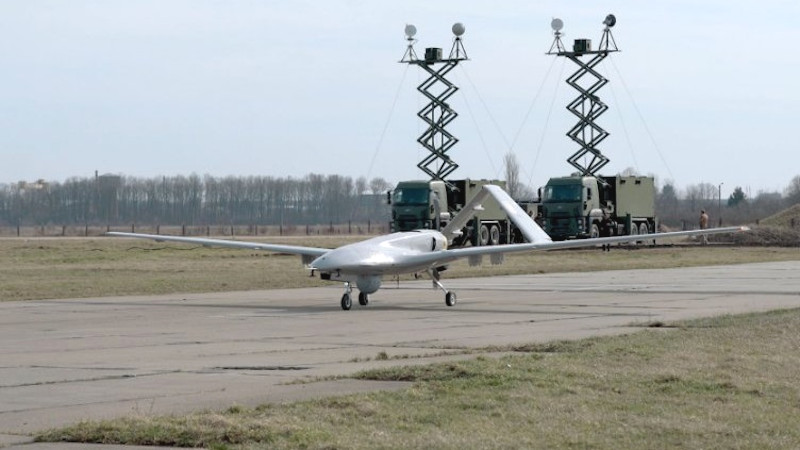
The runway could also support lighter manned aircraft and helicopters moving forces in and out of the Banana Project area. Various GNA-aligned forces have used the site as a staging area in the past.
The paving of the runway also started shortly after still-unconfirmed reports emerged in Turkish media outlets suggesting that Turkey would build a physical base somewhere in Libya to support its increasing involvement in the conflict. Other reports have also said that Turkish warships could patrol off the coast of GNA-controlled areas, while Turkish aircraft and helicopters would deploy to Misrata, to the east of Tripoli, to actively support GNA operations, none of which appears to have occurred as of yet.
There are additional unconfirmed reports that Turkey has begun airlifting ethnic Turkmen and other fighters from areas of northwestern Syria to Libya to bolster GNA positions. Turkish Air Force A400M transport aircraft are reportedly flying these individuals to locations in Turkey, where they then board chartered airline flights as part of emerging air bridge. On Dec. 27, Bloomberg
first reported that the Turkish government had met with various groups it supports in Syria about entering the Libyan conflict with the promise of monetary incentives.
Mercenaries and other foreign fighters, as well as troops from various national militaries, ostensibly acting as advisors, have been important components of both GNA and LNA-aligned forces for some time now. Using fighters from Syria would offer Turkey a way to infuse additional armed personnel with at least some combat experience onto the GNA front lines without necessarily having to take the far more politically fraught step of sending its own troops. The speaker of Libya’s parliament now spoken out against an actual Turkish deployment and said that Sarraj had no authority to put the deal with Turkey into force at all without approval from legislators.
Russia has sent members of the shadowy Wagner private military company, which is heavily linked to Russian intelligence services, to support Haftar in recent months for similar reasons. A curious charter flight from Syria last week might indicate that Russia redeployed even more Wagner personnel to Libya as the LNA’s latest push toward Tripoli stalled.
With regards to the new airstrip outside Tripoli, whatever its purpose is and whoever is building it, there is strong evidence that it is related to Turkey’s increasingly active involvement in the Libyan conflict, which appears to be prompting similar escalation from other outside actors. After announcing plans to possibly send troops to Libya, Ergodan had subsequently traveled to Tunisia to also meet with his counterpart there, Kais Saied, about more actively supporting the government in Tripoli.
Haftar is now in Egypt to appeal to that country for additional support in light of Turkish moves. Authorities in Cario are in the midst of their own emerging spat with the counterparts in Ankara over maritime boundaries, another component of the recent deal between Erogdan and Sarraj, which you can read about in more detail in this past War Zone piece.
All told, the situation in Libya seems to be evolving very rapidly now and the basic character of the conflict appears to be entering an entirely new and uncertain phase.
Contact the author: joe@thedrive.com
